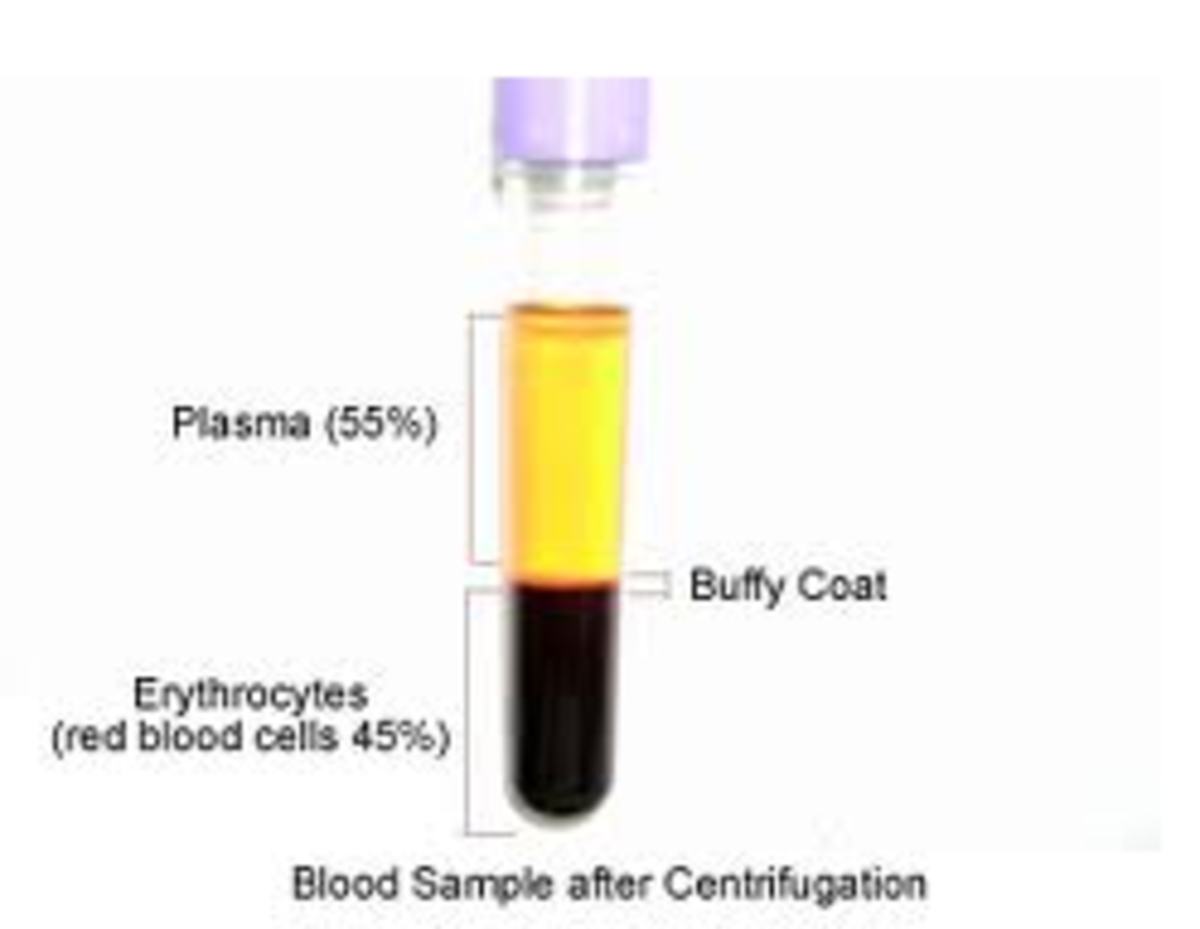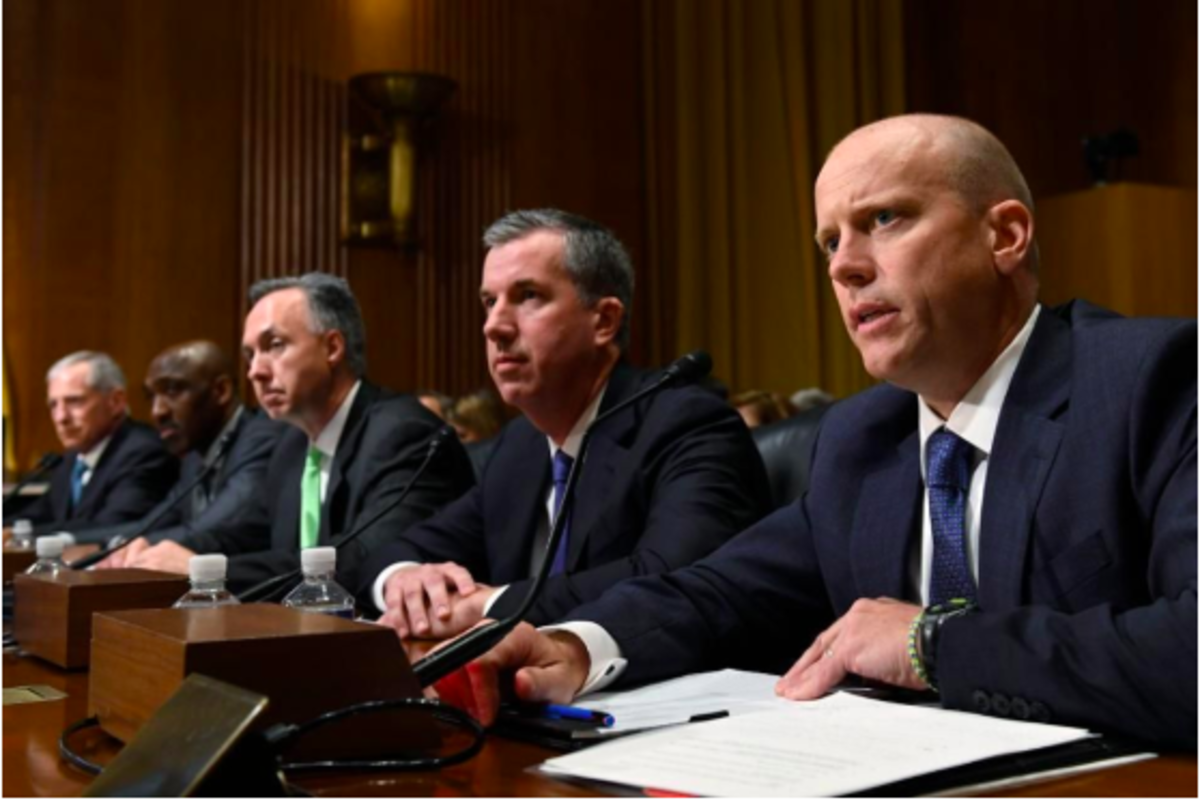Future Job Demands in Primary Care
job shortages in health care

Future Jobs in Primary Care
With medical students flocking to higher-paying specialist fields, there remains a shortage of primary care physicians (PCPs). In fact, by 2025 it is estimated that there will be 44,000 fewer primary care physicians, making it difficult to get a quick appointment with your doctor. As a result there are two fields in medical care that continue to grow to address this shortage: physician assistants and nurse practitioners.
If you are thinking about entering the profession of either one, the following is a list comparing the two careers including educational requirements, a job description and where to get further information.
Educational Requirements:
Physician Assistant (PA) - A PA is a licensed clinician who has completed a two year accredited program. Internship or residencies are not required; their study is focused on primary care medicine. The PA practices under the supervision of a physician.
Nurse Practitioner (NP) - An NP is a registered nurse (RN) who has also completed a medical education at the graduate level. Generally, this means obtaining a degree at the master's level. However, more and more NPs are advancing to the Doctor of Nursing Practice which is a program taking two to four more years of study. An NP may work independently or in collaboration with a doctor depending on state regulations.
Predicted Shortages:
PA - The U. S. Bureau of Labor Statistics has estimated that PA jobs will increase by 27 percent between 2006 and 2016.
NP - This field continues to grow rapidly. The program was developed in 1965 to address the shortage of PCPs; it now has more than 125,000 NPs.
Why These Positions Are Needed:
PA - The PA position was created in the mid 1960s to address the shortage of PCPs (Primary Care Physicians), especially in rural areas and other underserved areas. Under the guidance of one doctor, several PAs can be hired to act as principal care providers.
NP - The position of NP was also created to help fill PCP shortages during the 60's. However, unlike the PA, the NP can function without the supervision of a doctor and function as primary care providers.
Job Description:
PA - The PA can conduct physical exams, diagnose and treat illnesses, order and interpret tests, counsel on preventive care, write prescriptions, and assist in surgery, all under the supervision of a doctor.
NP - Studies show that NPs can provide care that is equivalent and at times improves on that of a doctor; all the while being cost effective. The NP spends, on average, 21 minutes with a patient which is generally more time than a doctor. The emphasis is on helping patients to take care of their health.
For Further Information:
PA - Contact the American Academy of Physicians Assistants.
NP - Visit npfinder.com - a service provided by the American Academy of Nurse Practitioners.








